Singin’ in the Rain (1952)
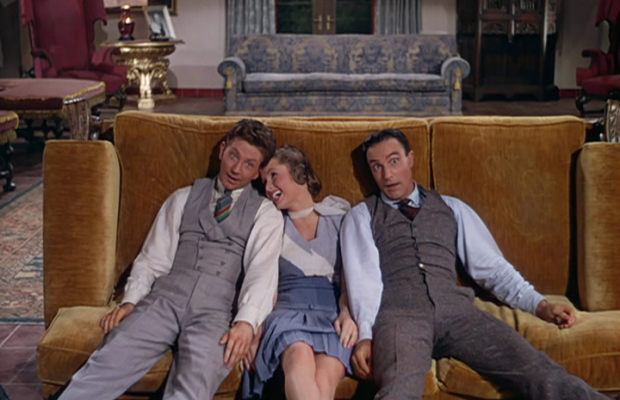
Toronto Film Society presented Singin’ in the Rain (1952) on Monday, July 11, 1983 in a double bill with Once in a Lifetime as part of the Season 36 Summer Series, Programme 4.
Production Company: MGM. Producer: Arthur Freed. Directors: Gene Kelly & Stanley Donen. Story/Screenplay: Betty Comden & Adolph Green. Cameraman: Harold Rosson. Colour by: Technicolor. Art Direction: Cedric Gibbons & Randall Duel. Set Decoration: Jacques Mapes. Editor: Adrienne Fazan. Costumes: Walter Plunkett. Hair Styles: Sydney Guilaroff. Music Director: Lennie Hayton. Songs: Nacio Herb Brown (music) & Arthur Freed (lyrics): ‘Moses Supposes’ by Comden & Green with Roger Eden. Musical Numbers staged and directed by: Gene Kelly. Assistant: Carol Haney. Footage from 1948’s The Three Musketeers.
Cast: Gene Kelly (Don Lockwood), Donald O’Connor (Cosmo Brown), Debbie Reynolds (Kathy Selden), Jean Hagen (Lina Lamont), Millard Mitchell (R.F. Simspon), Rita Moreno (Zelda Zanders), Douglas Fowley (Roscoe Dexter), Cyd Charisse (Dancer), Madge Blake (Dora Bailey), King Donovan (Rod), Kathleen Freeman (Phoebe Dinsmore, Diction Coach), Bobby Watson (Diction Coach), Tommy Farrell (Sid Phillips, the Assistant Director), Jimmie Thompson (Male Lead in ‘Beautiful Girl’ number), Dan Foster (Assistant Director, Margaret Bert (Wardrobe woman), Mae Clarke (Hairdresser), John Dodsworth (Baron de la May de la Toulon), Judy Landon (Olga Mara), Stuart Holmes (J.C. Spendrill III), Dennis Ross (Don Lockwood as a boy), Richard Emory (“Phil” the Cowboy Hero), Julius Tannen (Man on Screen), Bill Lewin (“Bert” the Western/Villain), Dawn Adams & Elaine Stewart (Ladies in Waiting), Carl Milletaire (Villain “Broadway Rhythm”), Jac George (Orchestra Leader), Wilson Wood (Vallee Impersonator), Dave Sharpe & Russ Saunders (Fencers).
Although primarily a musical, (60 of the 103 minutes is taken up by musical numbers) Singin’ In the Rain is also very much of a comedy as well. It makes wonderful game of the painful transition from silent movies to sound in the late twenties when its title song was new. Indeed, most of the songs used in the film were written during Hollywood’s transition to sound. And what songs!
Producer and song writer Arthur Freed began his career as a pianist, plugging songs for a publishing house. He also worked in early silent films for Famous Players-Lasky as assistant director to Alfred Green and played mood music, on the piano, on the sound stages. While in vaudeville he hitched up with Herb Nacio Brown and the pair ere called to Hollywood in 1928 by Irving Thalberg. The result was Hollywood’s first “all talking, all singing, all dancing” musical Broadway Melody. A black and white film, it contained the first colour musical number ever photographed “The Wedding Of the Painted Doll.” It had its World Premiere at Grauman’s Chinese Theatre, Feb. 1, 1929 and was later awarded “Best Picture of the Year.” It was Freed’s first screen effort for a revue in 1926 but it was used to much better advantage as the show-stopping finale of Hollywood Revuew of 1929.
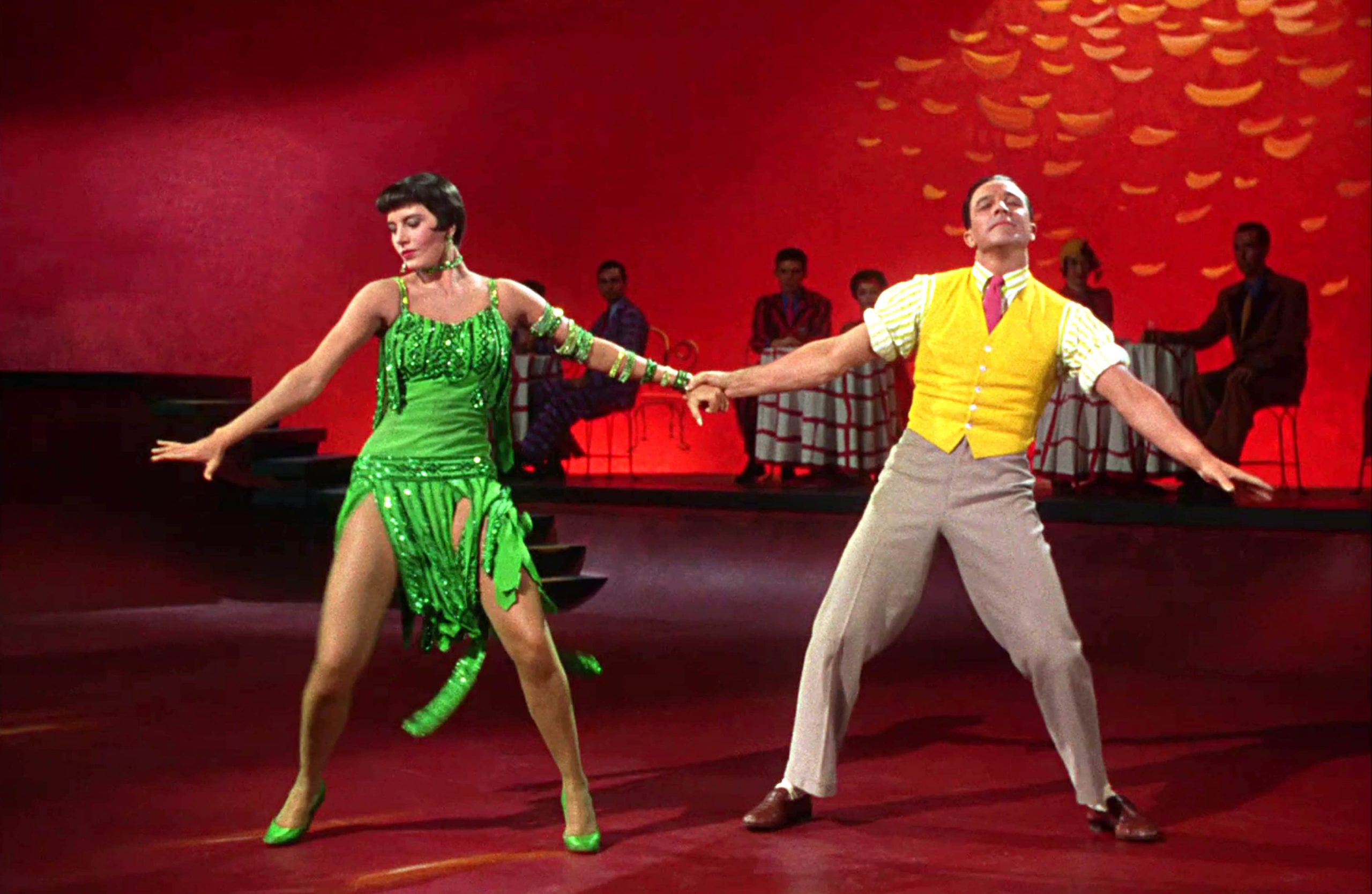
Comden and Green not only wanted to do the screenplay and story but also wanted to do the songs, borrowing any additional material from Irving Berlin, Cole Porter or Rodgers & Hammerstein. Freed stood firm–his production his songs! (Comden & Green did co-write with Roger Edens ‘Moses Supposes’ which has fun with diction and attempts to improve speech with tongue-twisters). Originally, MGM’s resident baritone, Howard Keel, was considered for the lead but Freed & Donen held out for Gene Kelly, who was just finishing An American in Paris. Freed wanted Oscar Levant for the Cosmo Brown part but everyone else wanted a dancer. Freed did, however, select 19 year-old Debbie Reynolds for the part of Kathy Selden. Nina Foch screen-tested for Lina Lamont but was found not true to type so it was given to MGM contractee Jean Hagen. Walter Plunkett created more than 500 costumes for the film. He entered the business at the height of the flapper reign so was well aware of the correct styles. Jean Hagen’s costumes were duplications of those he had designed earlier for Lilyan Tashman who was then the epitome of chic. Months were spent on set decorations to ensure authenticity. In fact, the mansion occupied by Gene Kelly as an early-day movie star used the same furnishings, tables, chairs, rug, etc. in which Garbo and Gilbert romanced in Flesh And the Devil (1927). Debbie Reynolds even used Andy Hardy’s jalopy.
One amusing incident involved an additional song needed for Donald O’Connor. Stanley Donen approached Freed about it and was asked what kind of a song was required. Donen replied that it should be a happy song as O’Connor was trying to cheer up Kelly–something like the ‘Be a Clown’ number from The Pirate. The result was ‘Make ‘Em Laugh’ which was in Donen’s opinion “100 percent plagiarism.” Everyone was floored by the brazen steal of Porter’s music from The Pirate and it was felt that only a man of Cole Porter’s tact and distinction would have chosen to ignore the existence of that song!
Despite such blatant thievery, Freed’s track record as a producer is unmatched. He produced 40 of MGM’s finest musicals beginning with The Wizard of Oz and Babes In Arms in 1939 and ending with Bells Are Ringing in 1960. Along the way were–Meet Me In St. Louis (1944), The Pirate (1948), On The Town (1949), Annie Get Your Gun (1950), Showboat (1951), Band Wagon (1953), to name just a few. Singin’ In The Rain is probably the most popular of all Hollywood musicals. Gene Kelly rates it second to On The Town in assessing his own films. The late 40s and the 50s were the glory years for MGM musicals because, as Gene Kelly says: “This was the golden age of the musical and it was largely due to Arthur. He knew talent and how to use it, what projects were best to do and which people were best to work on them. He was a nonpareil and when I think back about all the people I had the good fortune to work with under his gentle command, I’m amazed. They were the finest.
Source material: The World of Entertainment by Hugh Fordin, Doubleday, 1975;
The Films of Gene Kelly by Tony Thomas, Citadel Press, 1974.
Notes by Barry Chapman

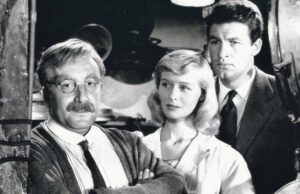
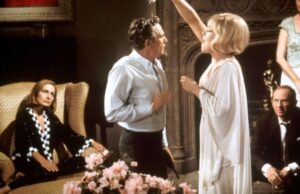
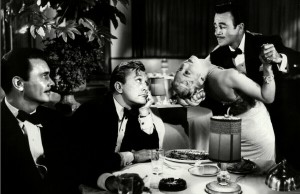






Leave a Reply